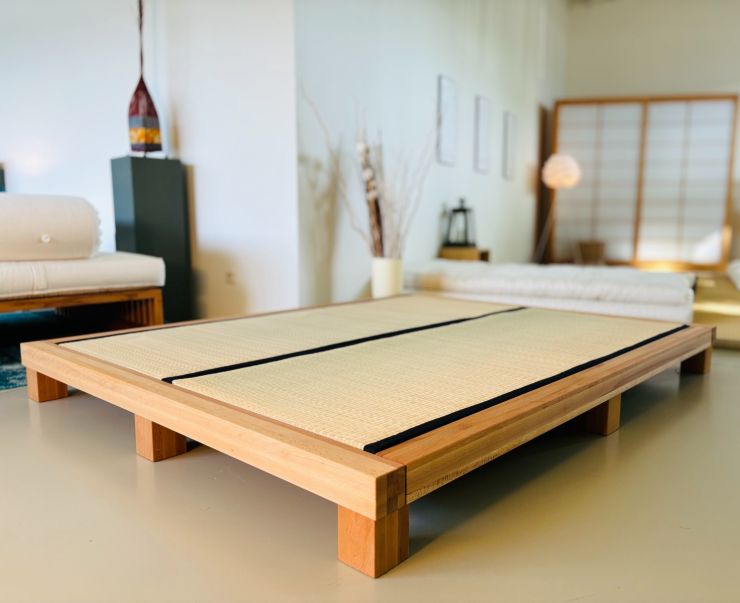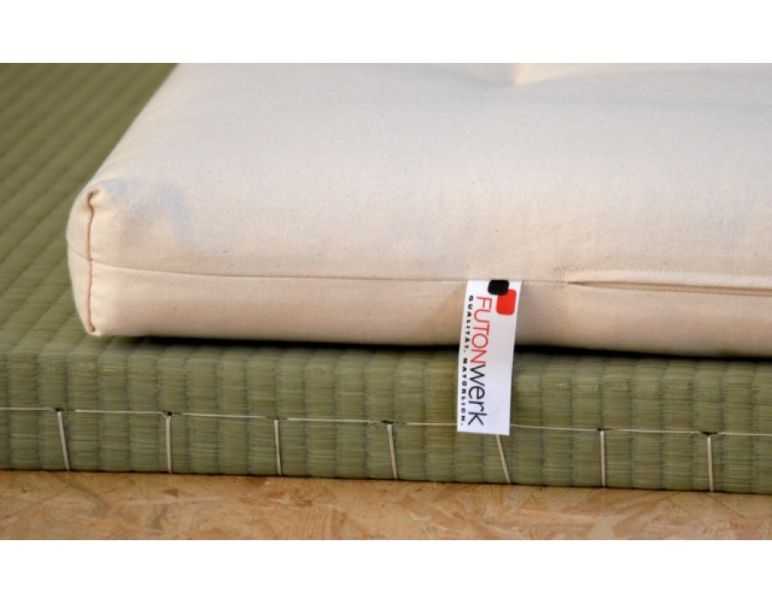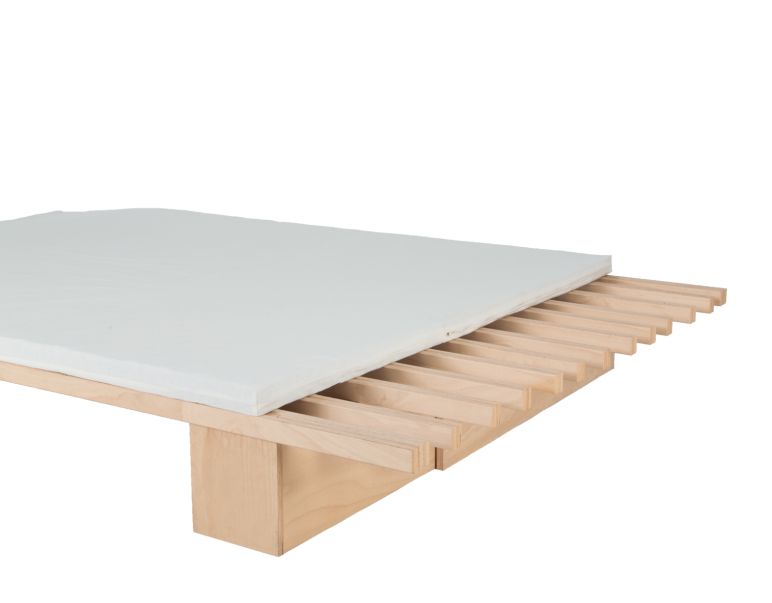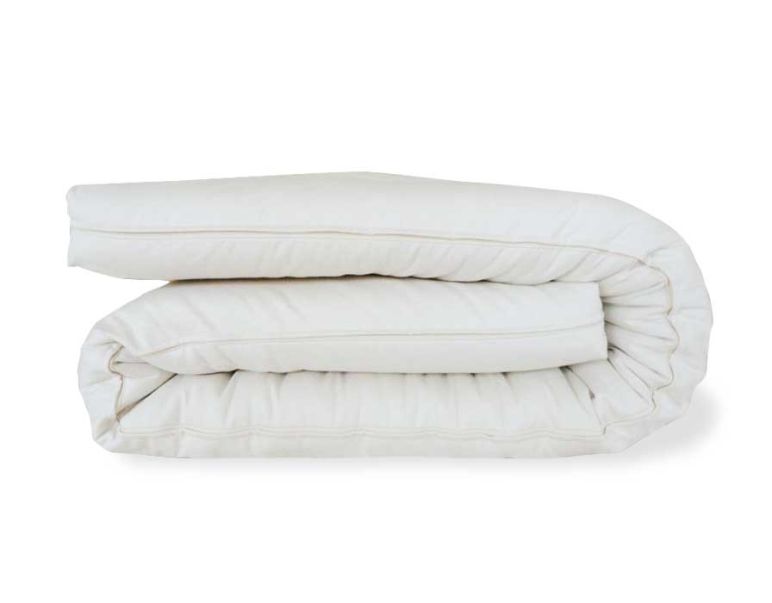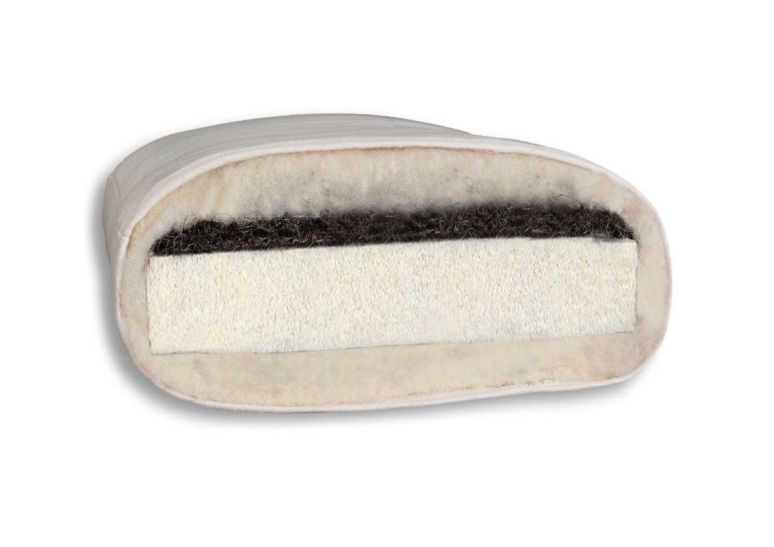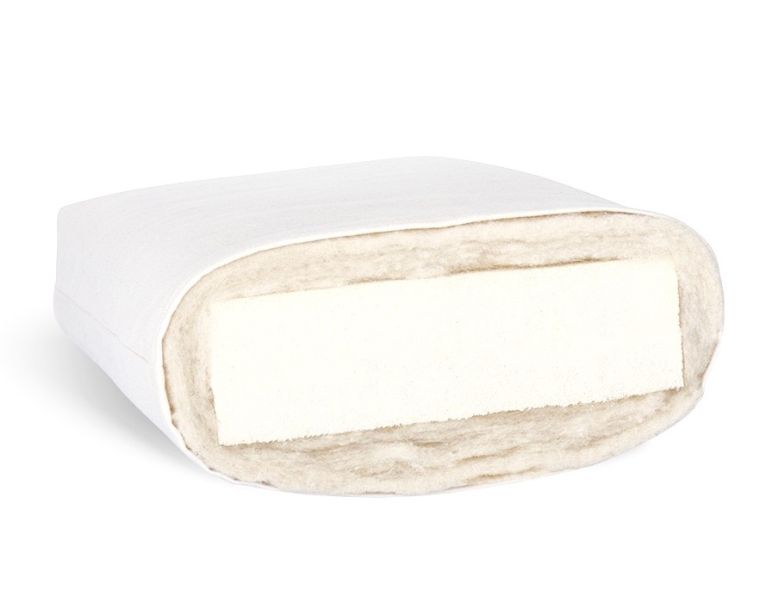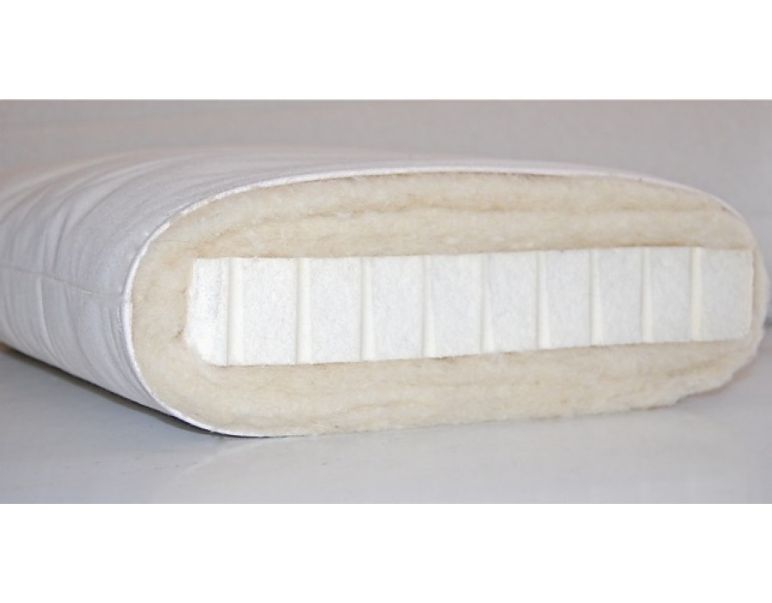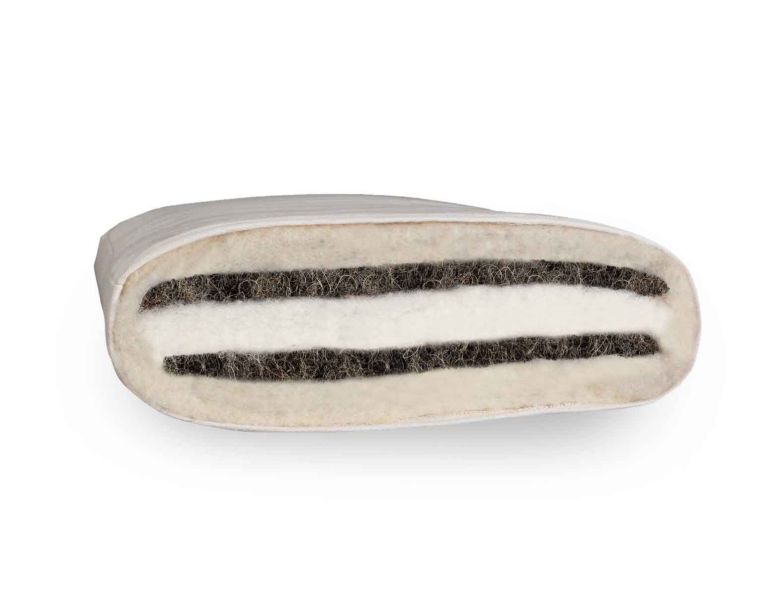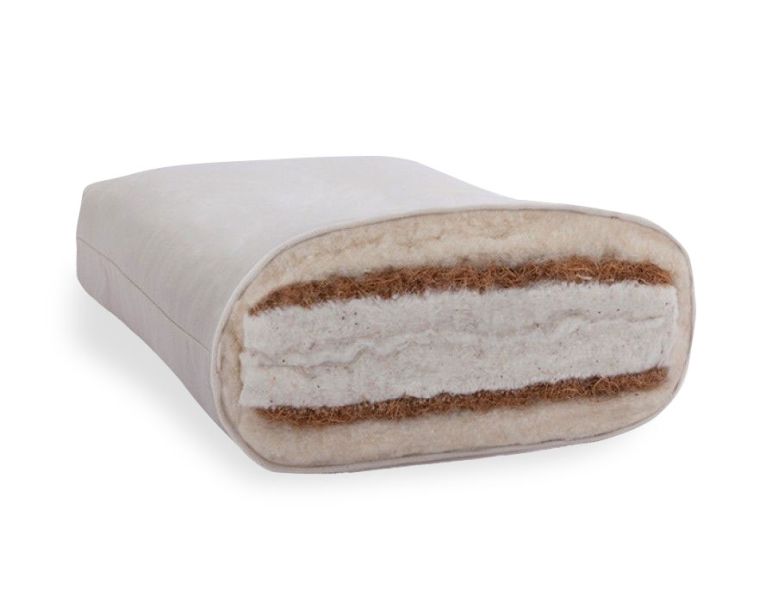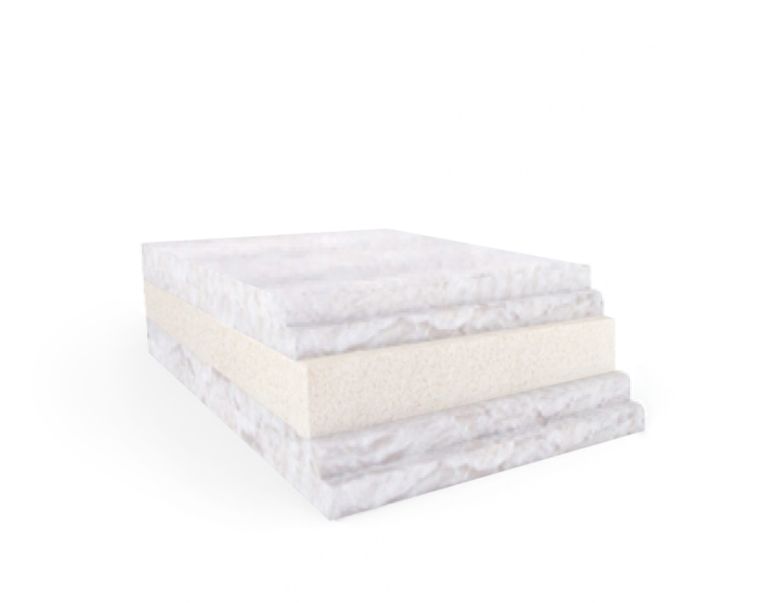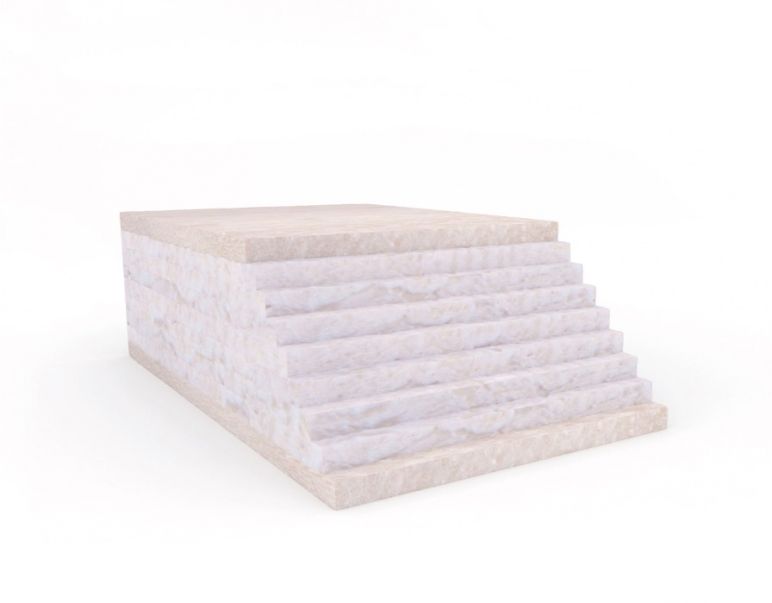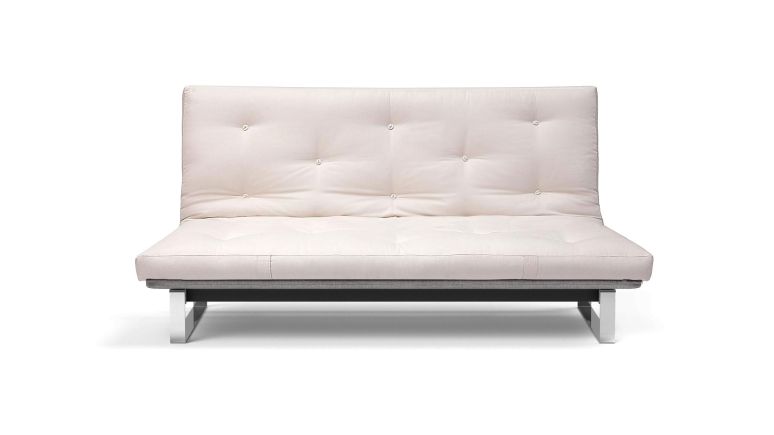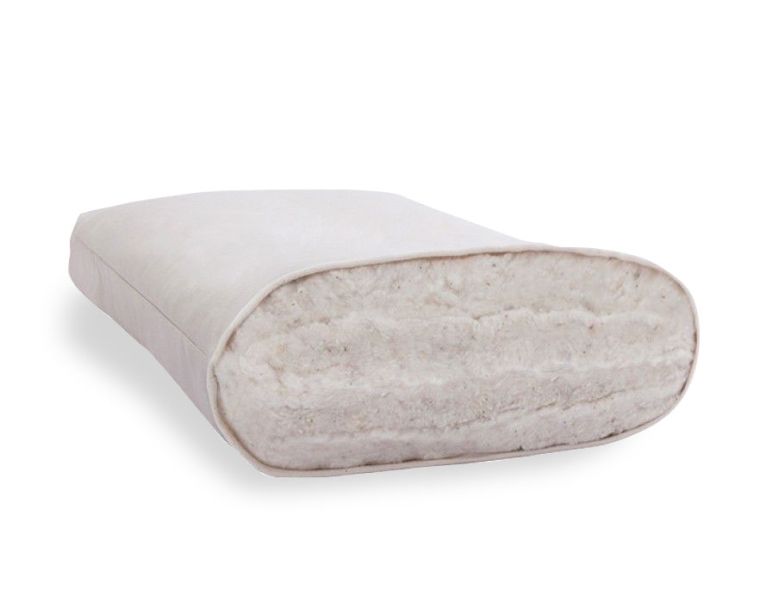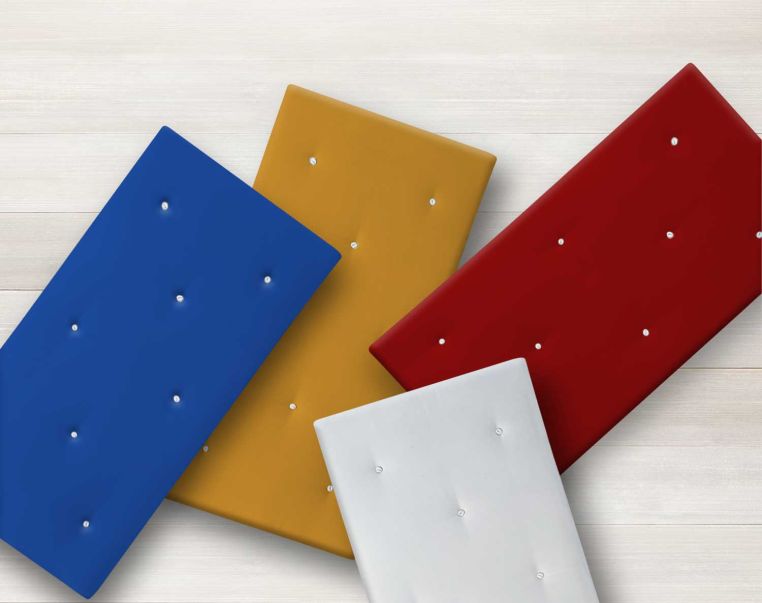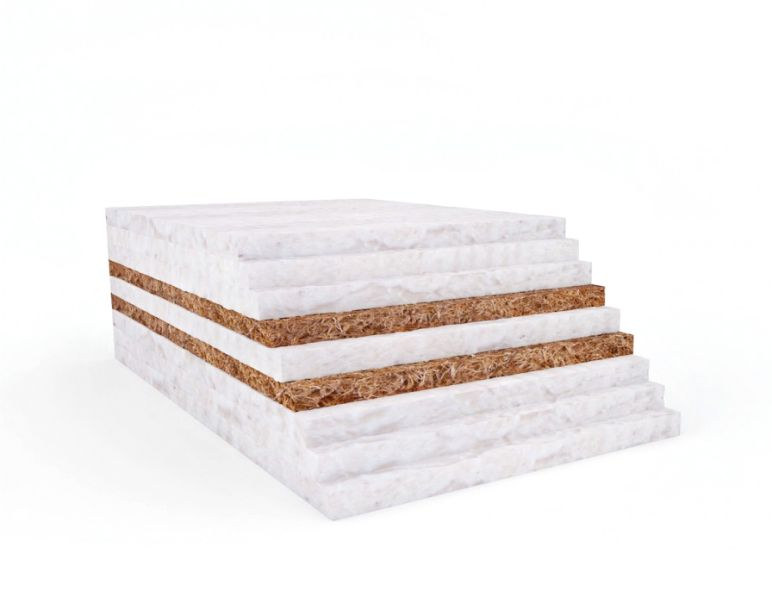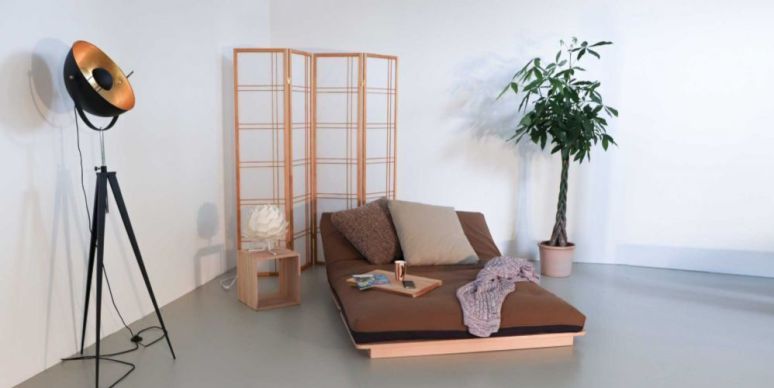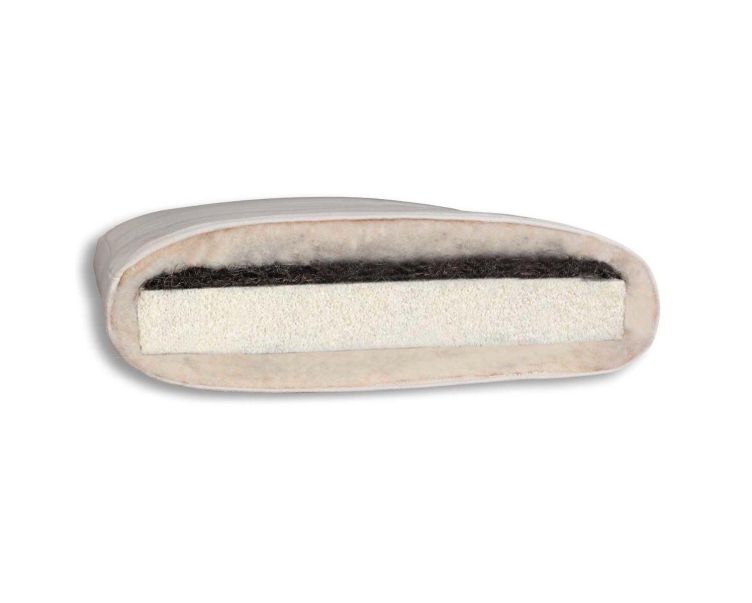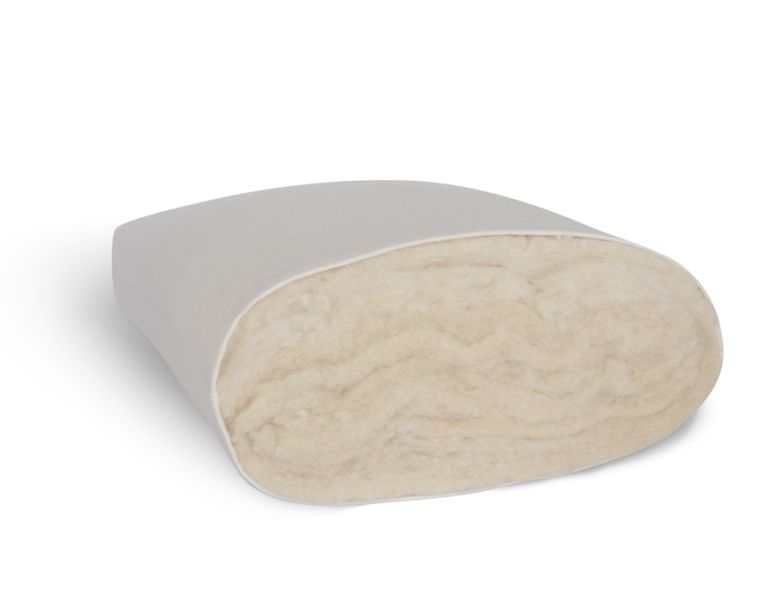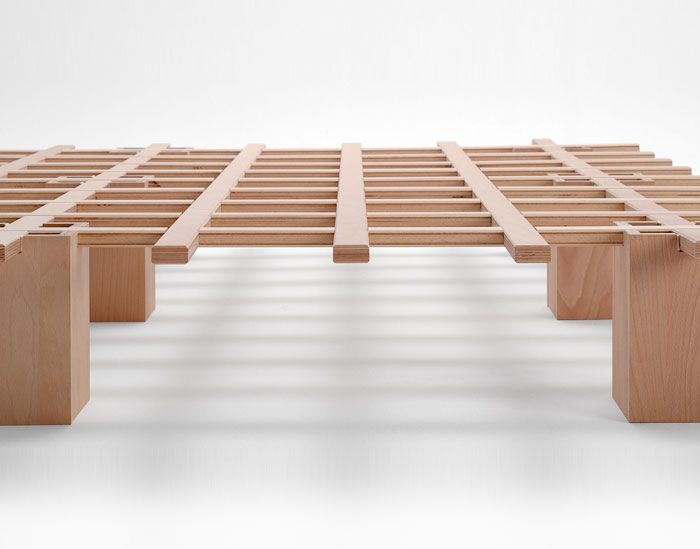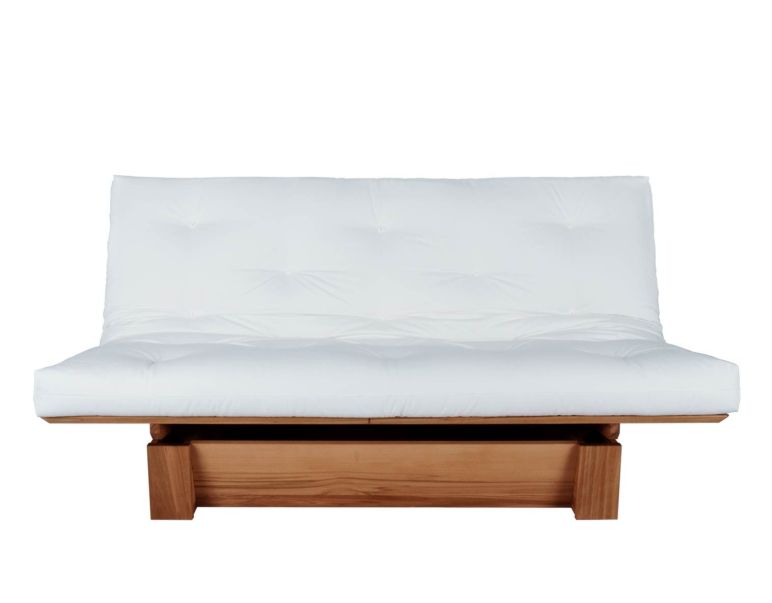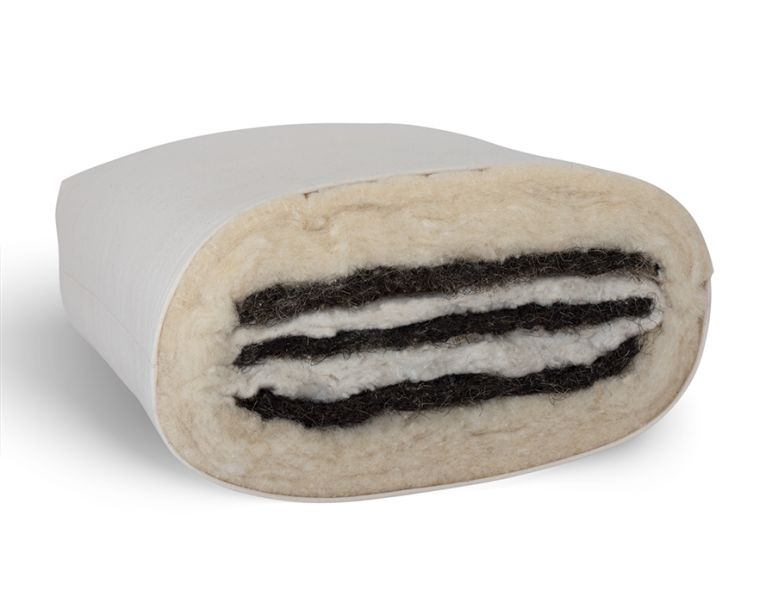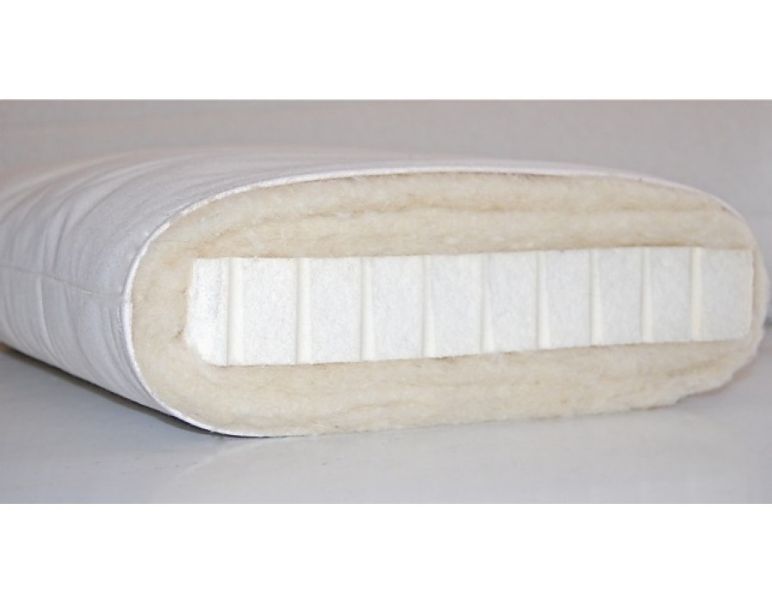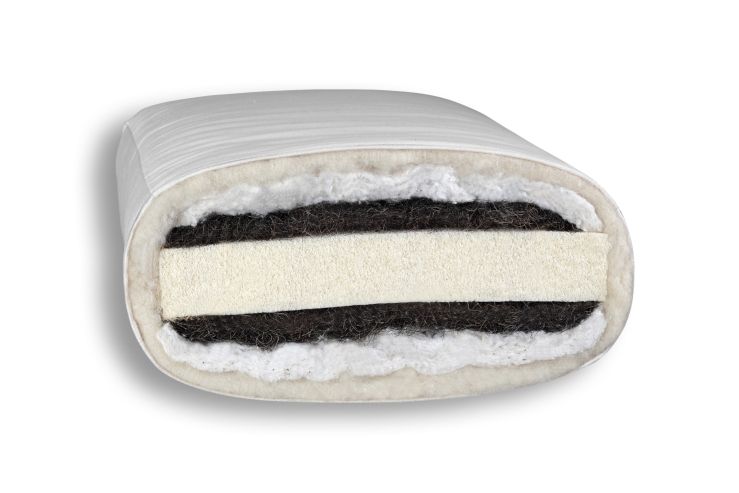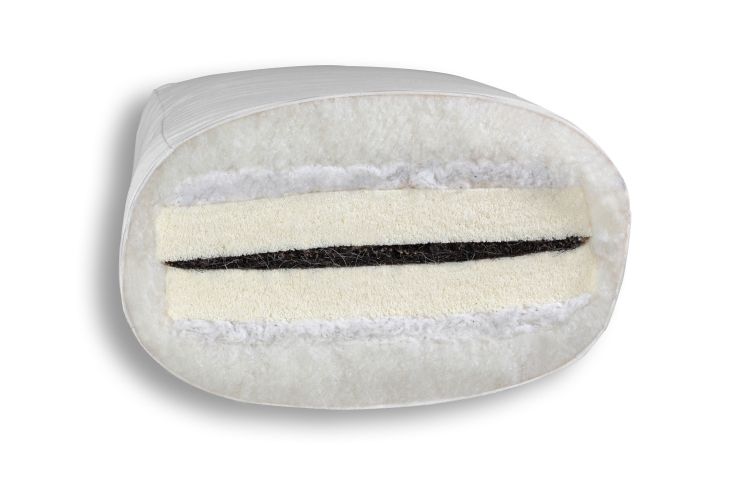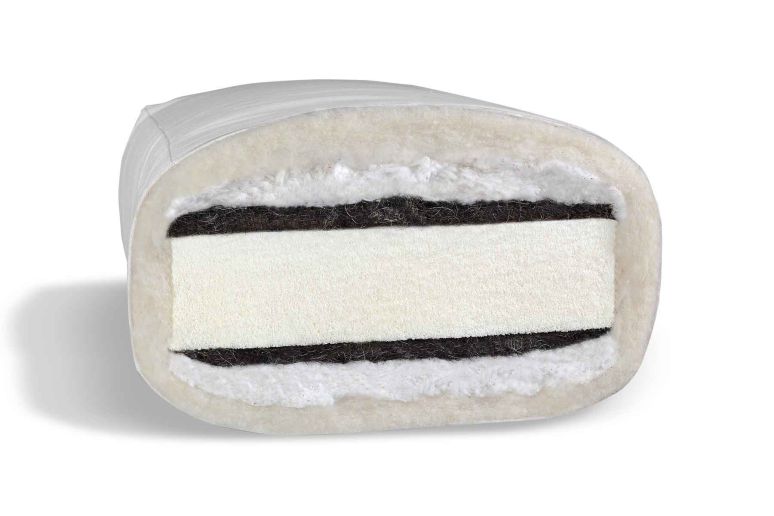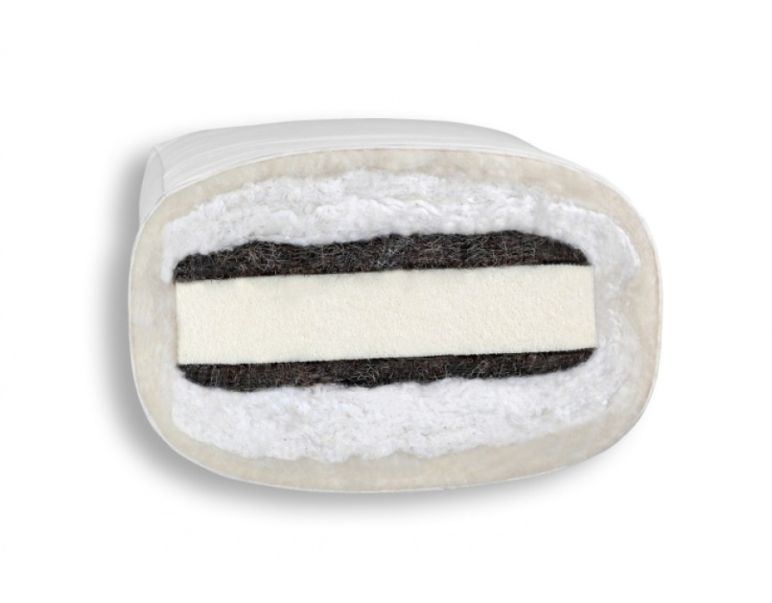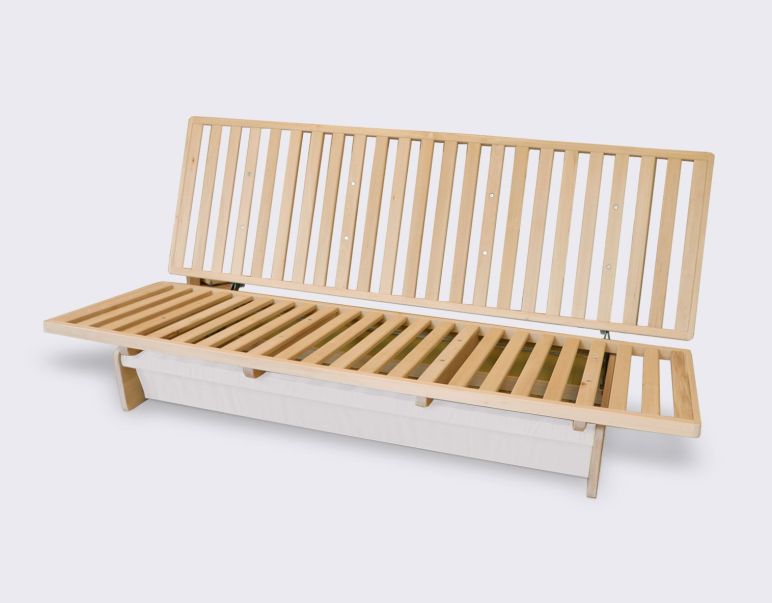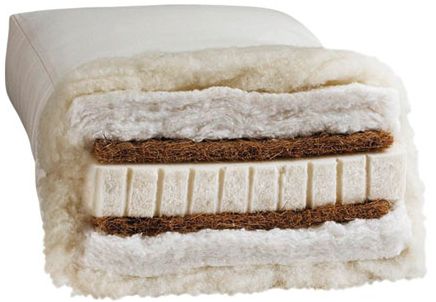Search results for: 'tatami rice straw mats'
-
Special item: foldable Tatami-mat 70x200cm
from €175.00 If you pay by bank transfer, you will receive a 3% discount. Further discounts under all information. All prices include VAT.
This foldable variant is approx. 3cm thick.
Only while supply lasts. View Product -
Tatami (HQ)
from €130.00 If you pay by bank transfer, you will receive a 3% discount. Further discounts under all information. All prices include VAT.
Tatami / rice straw mat - classic japanese floor covering and popular bedplace.
We offer the extra strong HQ Quality 5.5cm in 12 sizes Learn More >> -
Futonbed Yoru
from €599.00 If you pay by bank transfer, you will receive a 3% discount. Further discounts under all information. All prices include VAT.
Solid low tatami bed made of beech, can be perfectly combined with Tatami HQ mats, free delivery in Germany. Learn More >> -
Yasumi 3
from €298.00 If you pay by bank transfer, you will receive a 3% discount. Further discounts under all information. All prices include VAT.
Nice and light mat - the best choice for Shiatsu massages.
3 cm natural latex, 2000 g/m² wool, approx. 6 cm, 5 kg/m², rolled up ø approx. 30 cm
Alternatively available in vegan and organic.
Learn More >> -
Coco Undermattress
from €165.00 If you pay by bank transfer, you will receive a 3% discount. Further discounts under all information. All prices include VAT.
The extra strong Coconut Undermattress - isolates and evens out. Learn More >> -
Yasumi 3+2
from €370.00
If you pay by bank transfer, you will receive a 3% discount and can benefit from further discounts.Our best seller - a strong and soft mat.
For stomach sleepers a full-featured futon. In a TWIN-Futon combination provides luxury to almost every client.
5 cm natural latex, 2000 g/m² wool, 7 kg/m², 9-10 cm, rolled-up ø ca. 50 cm.
Alternatively available in vegan and organic.
Also recommended as a topper. Learn More >> -
Yasumi 8plus
from €535.00 If you pay by bank transfer, you will receive a 3% discount. Further discounts under all information. All prices include VAT.
Lots of rubber with a bit more stability.
On its own a strong and flexible comfort ... luxurious as TWIN Futon combination - even for heavy people.
Learn More >> -
Yasumi 3+4
from €490.00
If you pay by bank transfer, you will receive a 3% discount and can benefit from further discounts.Even more natural rubber for luxurious comfort.
Beds sleepers stably and comfortably even when used on its own ... combined to a TWIN Futon it brings a pleasant natural sleep for heavyweights.
Learn More >> -
Yasumi 3+2 / sensitive
from €360.00
If you pay by bank transfer, you will receive a 3% discount and can benefit from further discounts.The extra soft resting mat.
In a TWIN-Futon combination or as topper, it provides soothing comfort.
5 cm natural latex H3, 2000 g/m² wool, 7 kg/m², 8-9 cm, rolled-up ø approx. 50 cm.
Alternatively available in vegan and organic.
Also recommended as a topper. Learn More >> -
Zen R2+3
from €296.00 If you pay by bank transfer, you will receive a 3% discount. Further discounts under all information. All prices include VAT.
Massage, Relaxation, Travel.
Climate-active mat for massage, travel or in combination with a Yasumi 3+2.
Learn More >>
2 x 500 g/m² fleece wool, 1 x 1000 g/m² cotton,
2 x 1000 g/m² horsehair (or coconut fibre),
cover made of organic cotton satin, approx. 260 g/m²,
approx. 5 cm strong, ø approx. 30 cm, approx. 4.5 kg/m².
Also available with vegan filling. -
Zen R2+6
from €366.00 If you pay by bank transfer, you will receive a 3% discount. Further discounts under all information. All prices include VAT.
Firm natural fibre Futon with many options.
Solo for many applications or combinated with Yasumi 3+2 for comfortable futon sleep.
Learn More >>
4 x 500 g/m² fleece wool, 2 x 1000 g/m² cotton,
2 x 1000 g/m² horsehair (or coconut fiber),
cover made of organic cotton satin, approx. 260 g/m²,
approx. 9 cm strong, ø approx. 40 cm, approx. 6.5 kg/m².
Also available with vegan filling. -
FUTON XL9 (140x200)
from €500.00 If you pay by bank transfer, you will receive a 3% discount. Further discounts under all information. All prices include VAT.
- Soft comfort of lying for side sleepers.
- soft to medium, depending on how well it is cared for
- perfect for people up to about 70 kg p. P.
-
FUTON SL8 (140x200)
from €425.00 If you pay by bank transfer, you will receive a 3% discount. Further discounts under all information. All prices include VAT.
- Smooth futon for light weight people.
- soft to firm, depending on how well it is cared for
- perfect for people up to about 70 kg per person
-
Sofa Bed Minimum
from €634.00 If you pay by bank transfer, you will receive a 3% discount. Further discounts under all information. All prices include VAT.
The Minimum offers four different positions, lying, sitting, relaxing and lying down with head elevated. Learn More >> -
Zen 4
from €205.00 If you pay by bank transfer, you will receive a 3% discount. Further discounts under all information. All prices include VAT.
Topper, meditation and travelling mat.
A soft surface to a firmly futon or for travelling.
Learn More >>
4 x 500 g/m² fleece wool or vegan: organic cotton (GOTS),
cover made of organic cotton satin, approx. 260 g/m²,
approx. 3-4 cm strong, ø approx. 25 cm, approx. 2.5 kg/m². -
FUTON Collection XL-Fun
from €299.00 If you pay by bank transfer, you will receive a 3% discount. Further discounts under all information. All prices include VAT.
Colorful, vegan futons with a 100 % natural rubber core.
Recommended for side sleepers up to approx. 70kg, back or stomach sleepers up to approx. 80kg. Learn More >> -
FUTON LR7 (140x200)
from €465.00 If you pay by bank transfer, you will receive a 3% discount. Further discounts under all information. All prices include VAT.
A simple, solid futon. Learn More >> -
Sofa Bed Layti
from €314.00 If you pay by bank transfer, you will receive a 3% discount. Further discounts under all information. All prices include VAT.
Practical beech seat/sleeping furniture
Learn More >> -
Yasumi 5plus
from €410.00 If you pay by bank transfer, you will receive a 3% discount. Further discounts under all information. All prices include VAT.
The most popular ... a little more powerful.
More strength and stability thanks to a strong layer of horsehair or coconut.
For light people firm and fine, as a TWIN futon for everyone.5 cm Natural Late, 2000 g/m² wool, 1000 g/m² horsehair or coconut, 8 kg/m², 9-10 cm, rolled up ø approx. 50 cm
Learn More >> -
Zen 8
from €295.00 If you pay by bank transfer, you will receive a 3% discount. Further discounts under all information. All prices include VAT.
Gentle Rest. Filling abundant in cotton or fleece wool.
8 x 500 g/m² fleece wool or vegan: organic cotton (GOTS),
cover made of organic cotton satin, approx. 260 g/m²,
approx. 8-10 cm strong, approx. 5 kg/m². Learn More >> -
Bed System
from €407.20 If you pay by bank transfer, you will receive a 3% discount. Further discounts under all information. All prices include VAT.
Young and flexible - metal-free bed Width: 90 | 100 | 120 | 140 | 160 | 180 | 200 cm Length: 200 cm Wood: Beech MultiplexLearn More >>20% clearance discount
-
Sofa Bed b2
from €1,325.00 If you pay by bank transfer, you will receive a 3% discount. Further discounts under all information. All prices include VAT.
Solid wood sofa bed frame. Bed box made of real wood veneer blockboard. Learn More >> -
Zen R3+8
from €463.00 If you pay by bank transfer, you will receive a 3% discount. Further discounts under all information. All prices include VAT.
Natural fibre power ... a classic for a consistent futon sleep.
For light and medium heavy people a fully-fledged futon.
Learn More >>
Also available with vegan filling. -
Children Yasumi 3+2
from €360.00 If you pay by bank transfer, you will receive a 3% discount. Further discounts under all information. All prices include VAT.
A strong, elastic futon that makes fun. Learn More >> -
FUTON DX2
from €413.00 If you pay by bank transfer, you will receive a 3% discount. Further discounts under all information. All prices include VAT.
"light & firm" Learn More >> -
FUTON DX3
from €525.00 If you pay by bank transfer, you will receive a 3% discount. Further discounts under all information. All prices include VAT.
"soft & compact"
Learn More >> -
FUTON DX4 plus
from €690.00 If you pay by bank transfer, you will receive a 3% discount. Further discounts under all information. All prices include VAT.
"A Classic in top form"
15 years Futonwerk.de: Selected sizes available at anniversary prices Learn More >> -
FUTON DX4
from €545.00 If you pay by bank transfer, you will receive a 3% discount. Further discounts under all information. All prices include VAT.
"strong & firm" Learn More >> -
Sofa Bed EINS
from €729.00 If you pay by bank transfer, you will receive a 3% discount. Further discounts under all information. All prices include VAT.
... a quality product of FUTONWERK Learn More >> -
BIOFUTON DW 2.0
from €535.00 If you pay by bank transfer, you will receive a 3% discount. Further discounts under all information. All prices include VAT.
Delicate futon for light-/ and medium weight people. Learn More >>








